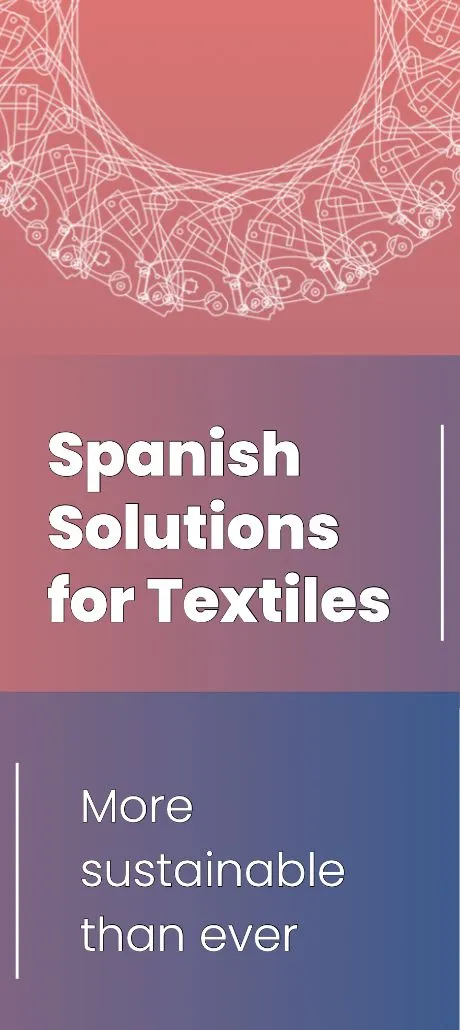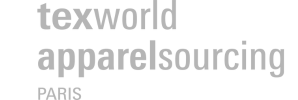Italy ranks as the worst textile polluter in Europe, with the country producing 466 tonnes of textile waste every year, according to new research from sustainable fashion brand LABFRESH, which found Italians spend a proportionately large amount on new clothing each year, at £920 per person. The United Kingdom ranked as the fourth worst offender.
The United Kingdom’s total textile waste is less than half that of Italy, at 206 tonnes per year. Brits spend a similar annual sum on clothing to their Italian counterparts—at £980—despite the country’s gross domestic product per capita being 25 per cent higher.
Residents of Poland, Ireland and France take the most sustainable approach to clothing, it found.
In contrast, Spain produces the least textile waste, discarding just under 99 tonnes of textiles a year, i.e., 2.1 kg per person, compared to the UK’s 3.1 kg.
Of the 3.1 kg of annual textile waste each Briton produces, only 0.3 kg is recycled and 0.4 kg is reused, the study found. However, 0.8 kg is incinerated and 1.7 kg are disposed of in landfill.
Only Austrians spend more a year on clothes than Brits, totalling £1,082 per person.
The study gathered data on a range of indicators, including the total amount of textile waste, spending on new clothing per person, and yearly exports of worn clothing, to rank European nations based on the sustainability of their fashion industries.
The study also looked at where the clothing industry has the greatest share of gross domestic product (GDP). The United Kingdom came in third, at 3.1 per cent. Portugal claimed first place, at 4.1 per cent, according to information posted on the Netherlands-based brand’s website.
The report also underscored the damage caused by the rise of fast fashion. Over the last decade, globalised production systems have pushed the cost of textiles down below the rate of inflation. In response to falling costs, the volume of clothing bought by EU citizens soared by 40 per cent between 1996 and 2012. Over half of this clothing ends up in landfill once it is discarded.































